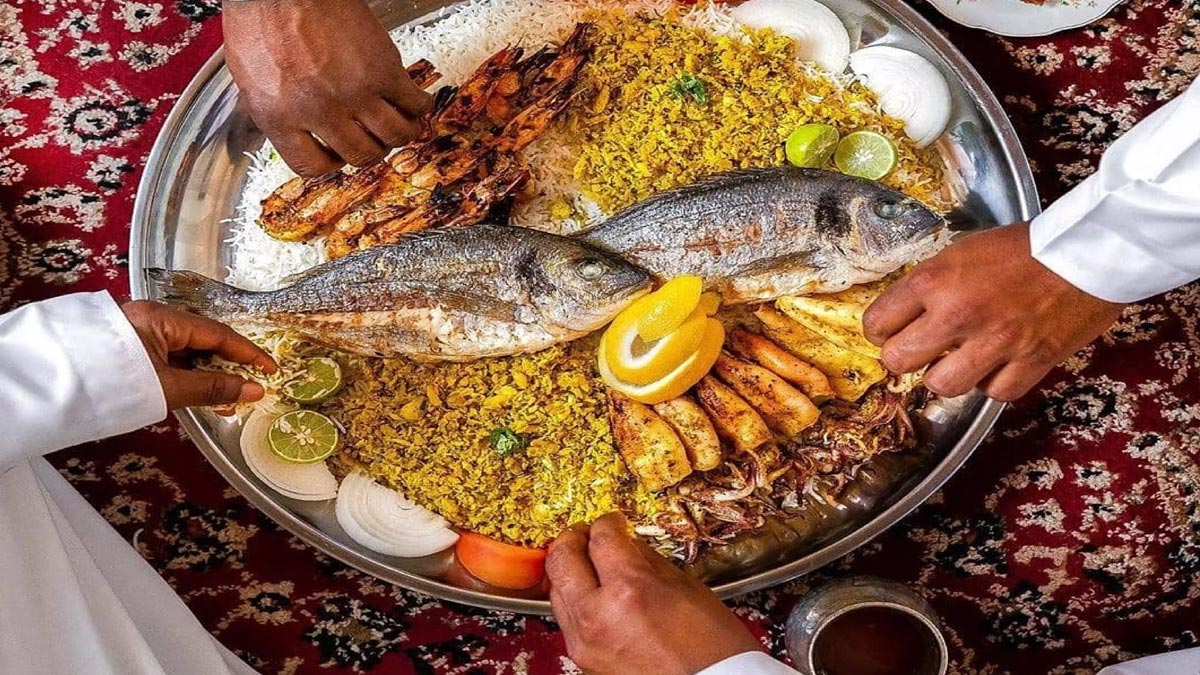Culinary Arts: Traditional Qeshm Island Foods and Recipes

Qeshm Island, located in the heart of the Persian Gulf, is not only known for its stunning natural landscapes and rich cultural heritage but also for its unique culinary traditions. The island’s cuisine reflects its geographical position, history, and the diverse communities that have inhabited it over centuries. Traditional foods of Qeshm Island offer a flavorful journey into the culture of the Persian Gulf region, blending seafood, spices, and local ingredients into distinct dishes cherished by locals and visitors alike.
The Culinary Heritage of Qeshm Island
Situated strategically in the Persian Gulf, Qeshm Island has long been a hub for maritime trade and cultural exchange. This diversity is evident in its food, which combines Persian, Arab, and South Asian influences. The island’s culinary arts have been passed down through generations, preserving recipes that use fresh seafood, aromatic spices, and natural local products.
Key Traditional Foods of Qeshm Island
1. Kalam Polo (Cabbage Rice)
One of the most famous traditional dishes from Qeshm is Kalam Polo. This fragrant rice dish is prepared with finely shredded cabbage, spices like turmeric and cinnamon, and usually served with fish or chicken. The dish embodies the island’s balance of land and sea flavors.
2. Shirazi Fish Stew
Fresh fish from the Persian Gulf is central to Qeshm’s diet. The Shirazi Fish Stew is a slow-cooked fish preparation with tomatoes, herbs, and local spices, reflecting the island’s reliance on seafood and local garden produce.
3. Samboosa (Samosa)
Borrowed from South Asian influences but adapted locally, Samboosa is a deep-fried pastry filled with minced meat, vegetables, or fish. It is a popular snack during gatherings and Ramadan.
4. Halva Qeshmi
A traditional sweet treat made from wheat flour, sugar, and clarified butter, Halva in Qeshm carries a unique flavor profile with hints of cardamom and rosewater. It is often prepared during festive occasions.
5. Seafood Kebabs
Grilled fish and shrimp kebabs marinated with lime, garlic, and local spices showcase the fresh flavors of the sea and are a staple at family meals and celebrations.
Ingredients Unique to Qeshm Island Cuisine
The cuisine of Qeshm is marked by ingredients that thrive in its coastal and arid climate:
Fresh fish and seafood from the Persian Gulf such as kingfish, shrimp, and crab.
Local spices and herbs including turmeric, saffron, dried limes, and cumin.
Tamarind and date syrup, which add a sweet and tangy balance to savory dishes.
Coconut and palm sugar, highlighting tropical influences from nearby regions.
Traditional Cooking Methods in Qeshm
Cooking on Qeshm Island relies heavily on slow simmering and grilling, enhancing the natural flavors of the ingredients. Clay pots and open flame grilling are commonly used techniques that have been preserved for centuries. Community cooking, especially during festivals or weddings, is an important cultural aspect that brings families together.
Where to Experience Qeshm Island’s Traditional Foods
Tourists visiting Qeshm Island in the Persian Gulf can explore local markets and seaside restaurants to taste authentic dishes. The Qeshm Bazaar is a popular spot where fresh seafood and handmade spices are sold alongside traditional snacks. Additionally, small family-run eateries offer home-cooked meals that highlight the island’s culinary heritage.
The culinary arts of Qeshm Island present a rich tapestry of flavors rooted deeply in the Persian Gulf’s history and environment. From hearty rice dishes like Kalam Polo to fresh seafood delicacies and traditional sweets, Qeshm’s food culture invites visitors to experience the island’s heritage through its vibrant and diverse cuisine. Whether through home kitchens or bustling markets, the traditional foods of Qeshm offer an unforgettable taste of the Persian Gulf region.



















بدون Comment